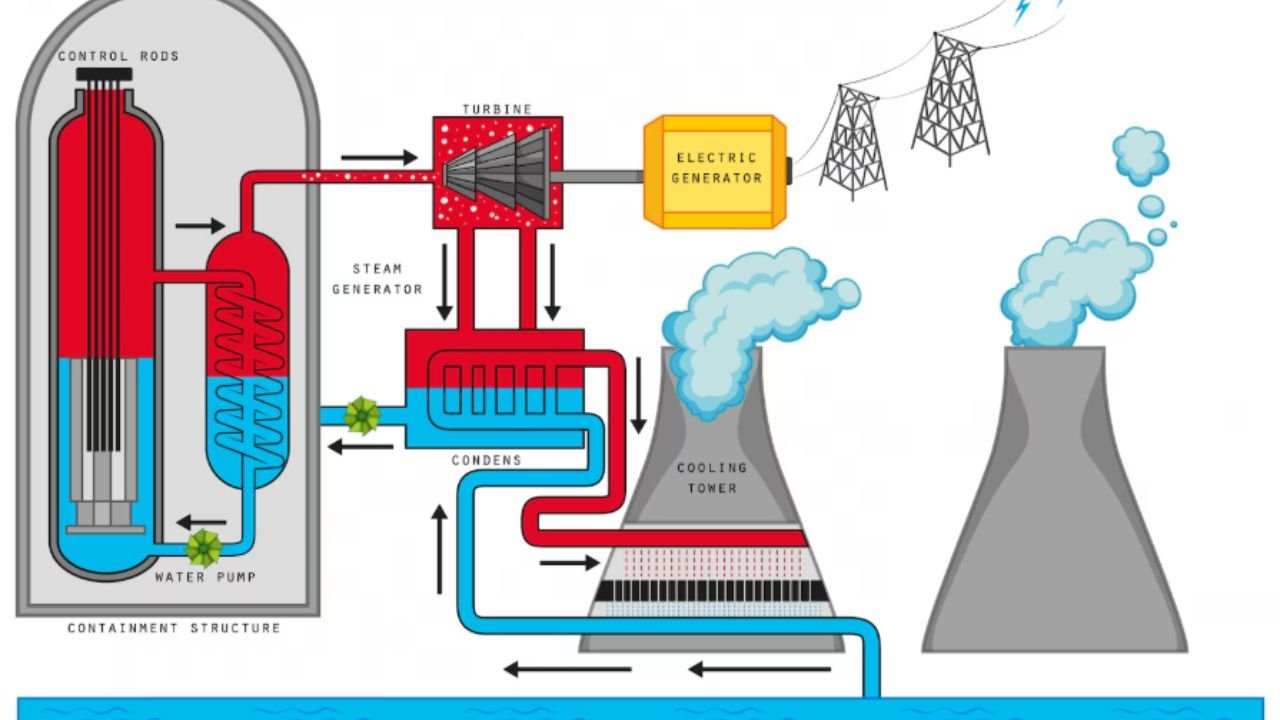Ultra-Selective Membranes: The energy consumed for purification of gases, chemicals and water in today’s industrial world accounts for about 10–15% of the total national energy consumption. This figure is likely to increase rapidly in the coming years and may reach three times by 2050. Increasing population, climate change and scarcity of energy resources are motivating us to find solutions that are energy-efficient and sustainable. Membrane-based separation is one such technology, which is being considered as a promising option for the future due to its features like low energy consumption, easy operation and less space requirement.
Role and existing limitations of polymer membranes
The synthetic polymer membranes currently being used have customizable gas transport properties. They have the ability to separate gases at high purity and better recovery rate. But the biggest challenge is to precisely control the pore size and maintain long-term performance. Many attempts have been made so far, such as adding bulky groups to increase the polymer’s stiffness, incorporating inorganic or organic nano-structures into the polymer, or modifying its microstructure with heat, light or oxygen. Despite all these efforts, microstructural engineering in high-performance gas separation membranes remains a difficult task.
New Strategy: Microporous Membranes by Multi-Covalent Crosslinking
This research presents a novel approach in which microporous polymer blends are converted into high-efficiency membranes by controlled multi-covalent crosslinking. Unlike conventional methods, this method is based on a combination of oxygen-sensed chain scission, reorientation of polymer segments, and simultaneous internal and mutual crosslinking. The resulting membranes (XPIM-BM/TB) exhibit exceptional molecular sieving capability.
Summary of Materials and Procedure
This method used a mixture of bromomethylated PIMs (PIM-BM) and Tröger’s Base (TB). Both of these together provide internal and external crosslinking sites. Initially, reactions occur between CH2Br groups and tertiary amine groups present in TB, forming a pre-crosslinked network. This structure then transforms into a strong, micro-meshed network in a mild oxygen atmosphere at around 250°C, thereby enhancing the molecular filtration capacity of the membranes several fold.
Structural and Mechanical Properties
SEM (Scanning Electron Microscopy) and FTIR analysis show that the surface of these membranes is smooth and without any large pores. After crosslinking at high temperature, these membranes become insoluble in common organic solvents, which is a testimony to their structural robustness. Mechanical tests revealed that although their ductility is somewhat reduced, they still maintain high tensile stress, ensuring the robustness required for industrial applications.
Micropore structure and gas separation capability
After crosslinking, the pore size distribution of the membranes becomes narrow, allowing only small molecules such as hydrogen (H2) and carbon dioxide (CO2) to pass through, while larger molecules such as nitrogen (N2) and methane (CH4) are blocked. This is why the XPIM-BM/TB membranes exhibit extremely high selectivity—up to 813.6 for H2/CH4 and 154.5 for CO2/CH4, much higher than existing commercial membranes.
Importance from an industrial perspective
The importance of these membranes lies not only in their high efficiency but also in their stability and adaptability. These membranes retain their efficiency even at high pressures and their performance is not affected even over long periods of time. This means that these membranes can significantly reduce energy consumption in industrial processes such as hydrogen recovery, natural gas purification, and carbon dioxide capture.
Conclusion
This research shows that highly selective and energy-efficient gas separation membranes can be prepared by multi-covalent crosslinking of polymer blends. This approach is not only capable of meeting current industrial requirements but can also play an important role in reducing carbon emissions and providing clean energy solutions in the future. In the future, this technology can be expanded to other commercial polymers to develop more durable, cost-effective and high-performance membranes.
